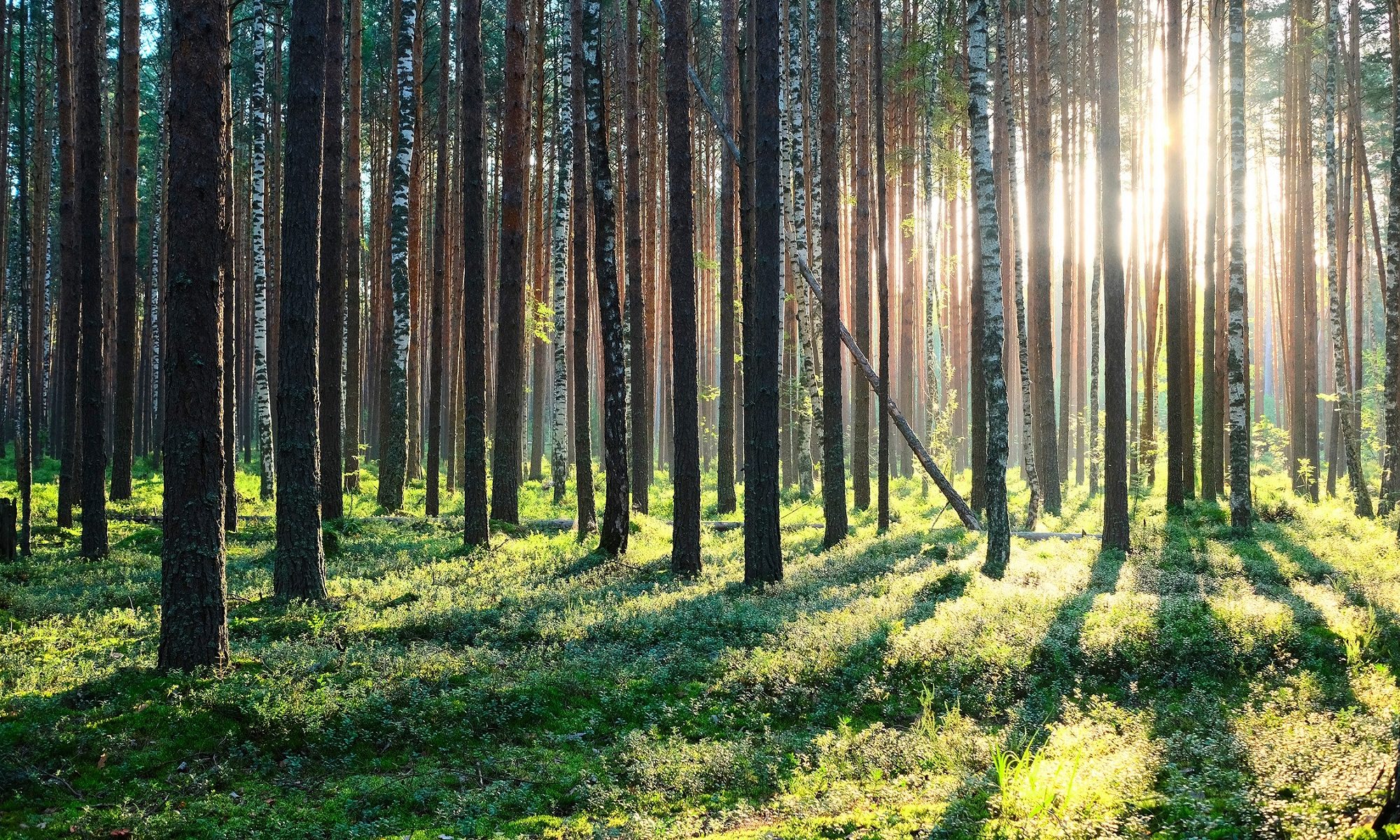1. What is the European Green Deal?
The European Green Deal is the EU’s transformative growth strategy, launched in 2019. It aims to make Europe the first climate-neutral continent by 2050, underpinned by legally binding targets through the European Climate Law. By 2030, it sets a milestone of at least 55% GHG emissions reduction compared to 1990 levels
2. How is it financed?
Funding comes from multiple streams:
- The Sustainable Europe Investment Plan, combining EU budget, the Emissions Trading System, and InvestEU, targets over €1 trillion in sustainable investments by 2030.
- The Just Transition Mechanism allocates at least €100 billion to support regions heavily dependent on fossil industries, including a Just Transition Fund of €17.5 billion in grants.
- The Clean Industrial Deal (2025) complements this with commitments to install 100 GW of renewables per year, build a decarbonisation bank, and drive circularity.
3. What are its key components?
The European Green Deal spans eight policy areas:
- Climate ambition (2030/2050)
- Clean, affordable, secure energy
- Sustainable industry & circular economy
- Buildings & renovations (e.g., Renovation Wave)
- Sustainable mobility
- Pollution reduction
- Farm-to-Fork (sustainable food systems)
- Biodiversity preservation
4. How will it affect Europe’s energy mix?
To reach net-zero by 2050, the EU must drastically scale up renewables, especially wind, solar, hydrogen, and biomass. At the same time, coal and fossil fuels must exit rapidly. Full-scale integration of energy storage and sector coupling (heat, mobility, power grids) is essential.
5. Why does the Green Deal matter for businesses?
The Green Deal transforms business environments across all sectors—energy, agriculture, construction, finance, and more. Companies must adapt to:
- tougher sustainability standards (including imports),
- shifting markets (e.g., green public procurement),
- and regulatory updates like CBAM to prevent carbon leakage.
6. What about fairness and social impact?
A key pillar is the Just Transition Mechanism, providing support and retraining to communities most affected by the decarbonisation process. It spreads costs and opportunities justly across regions and industries.
7. Where does biomass fit into the Green Deal?
Biomass remains part of the EU’s renewable portfolio—but with stricter rules:
- The Renewable Energy Directive is being revised to ensure biomass usage contributes real carbon reductions and avoids harm to biodiversity
- Only sustainably sourced biomass, including residue-based or circular feedstocks, will count toward climate goals.
8. Are there risks of policy rollbacks?
Yes. Environmental groups warn of a recent wave of Green Deal rollbacks, especially under pressure to simplify regulations. Delays in deforestation laws and dilution of green finance rules are being cited as early signs of retreat.
Sources & Further Reading
Political rollback concerns
European Commission: European Green Deal overview
Just Transition Mechanism
Sustainable Europe Investment Plan & taxonomy
Fit for 55 package
Clean Industrial Deal 2025
Biomass sustainability rules & RED updates
